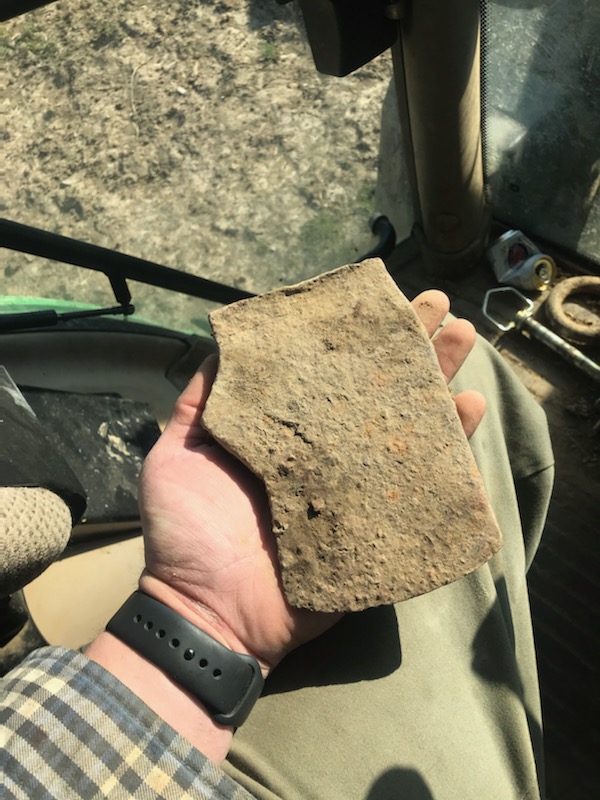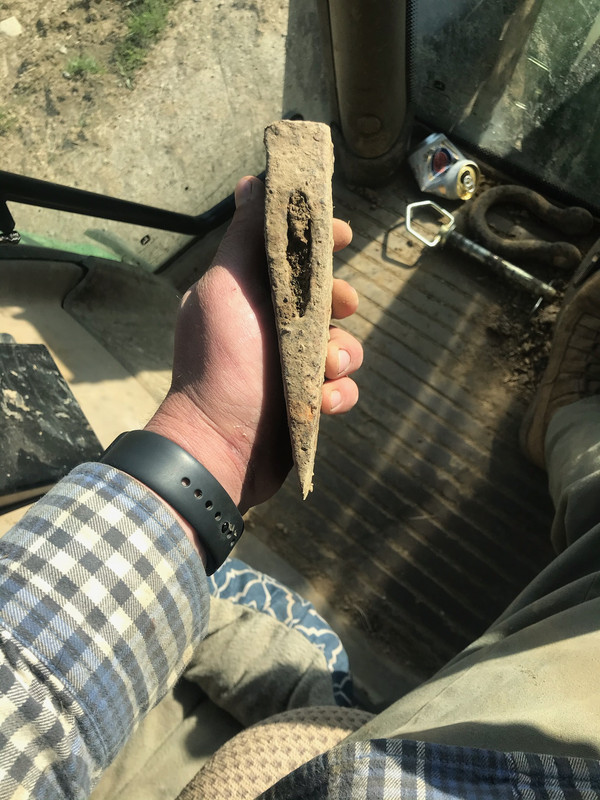Matt Keagle, the Curator for Fort Ticonderoga responded to my email yesterday and (after multiple time of trying to accessing the thread and not giving up on us) offered this extremely thoughtful response.
Glenn,
Well, I was finally able to access the thread you mentioned. I am pretty confident that the axe shown is an 18th century example, although whether American or British made I am not certain. Americans certainly develop that style and continue to use it well into the 19th century, but similar examples show up much earlier in the 18th century. We even have somewhat similar examples recovered from the site with broad arrow markings indicating British military usage:
https://fortticonderoga.pastperfectonline.com/webobject/447E98BD-128C-4FFC-8AEF-547633284921
The last British troops on site were here only as late as in 1781, so unlikely to have been deposited here after that point (the fort was largely abandoned even after 1777). The stamp also appears to read "I. Bissel" I suspect a member of Bissell family in Birmingham, England, although I'd love to find more sources to confirm that.
Of related interest might be the range of other axes in the collection, over 200 of them. Most (but not all) were recovered here on site over the past century. A wide range of styles and patterns from France, Britain, and America, including other axes similar to that on display:
https://fortticonderoga.pastperfect...archcat_14=&searchcat_15=&searchButton=Search
Until now these have been largely hidden by virtue of being held in storage, and not even cataloged until about 2016 but one of the reasons we wanted to make these accessible online is to get them into the view of researchers to be able to refine records and further identify artifacts.
I Remain, &c.
Matthew Keagle, Ph.D.
--
Curator
Fort Ticonderoga


.jpg?width=1920&height=1080&fit=bounds)
.jpg?width=1920&height=1080&fit=bounds)



.jpg?width=1920&height=1080&fit=bounds)
.jpg?width=1920&height=1080&fit=bounds)


.jpg?width=1920&height=1080&fit=bounds)

